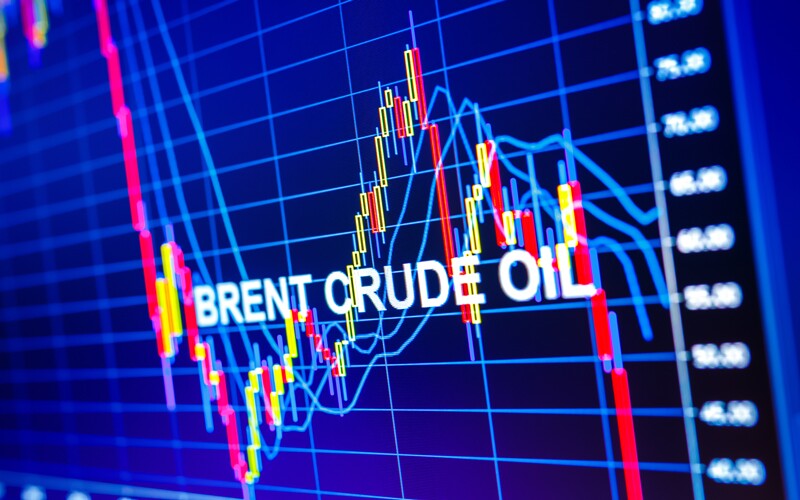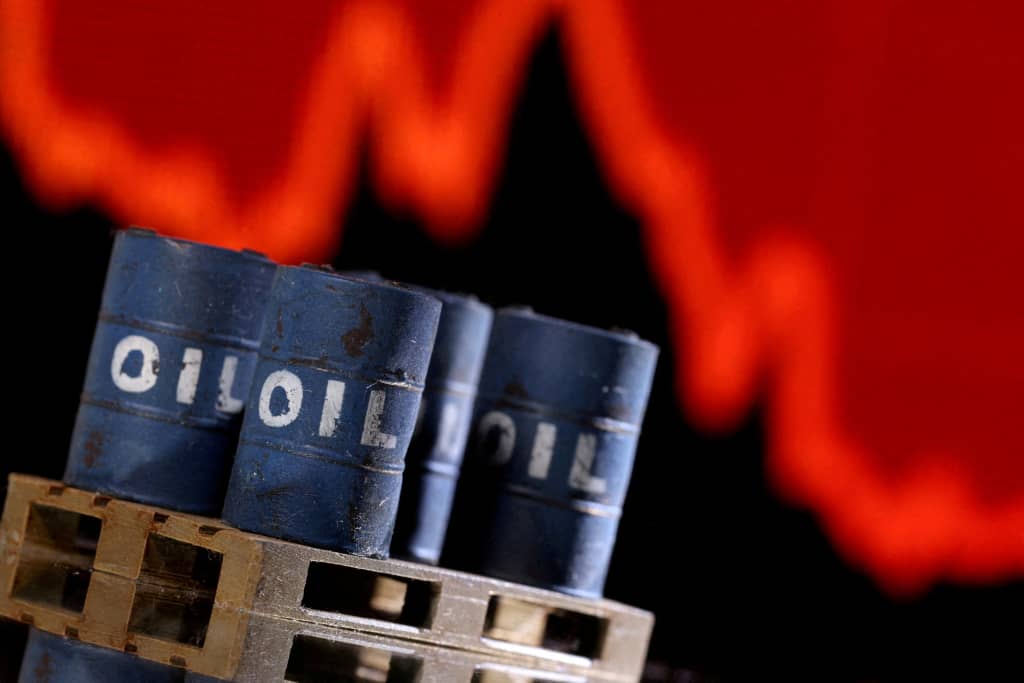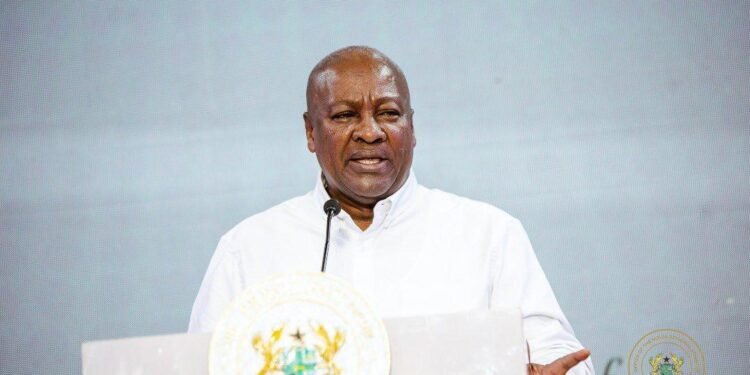Oil prices climbed for a second consecutive session on Friday, extending Thursday’s sharp rally as investors reacted to sweeping new U.S. sanctions targeting Russia’s top two oil producers, Rosneft and Lukoil in response to the Kremlin’s ongoing war in Ukraine.
The move has reignited fears of global supply disruptions, with traders closely monitoring how the sanctions might reshape global crude flows in the weeks ahead.
At the time of writing, Brent crude futures rose 0.7% to $66.45 per barrel, while U.S. West Texas Intermediate (WTI) crude also gained 0.7% to $62.25. Both benchmarks were on track for their largest weekly gain since mid-June, rallying roughly 7% over the past five days.
The rebound reflects a sudden reversal in market sentiment, as oil traders who had previously worried about oversupply now brace for tighter supply conditions.
“Everyone is waiting for signs of how big the impact is of the new sanctions on Russia.
“The market is in a wait-and-see mode to see what happens to the flows.”
Giovanni Staunovo, commodity analyst at UBS
Market Sentiment Turns as Supply Fears Resurface

The surge followed Thursday’s announcement by U.S. President Donald Trump, who unveiled sanctions on Rosneft and Lukoil, two of Russia’s largest oil firms that collectively account for more than 5% of global output.
The sanctions aim to cripple Moscow’s oil revenues and intensify economic pressure on Russian President Vladimir Putin to halt the conflict in Ukraine.
The decision triggered immediate market reactions. In Asia, Chinese state-owned oil companies have temporarily suspended purchases of Russian crude, while Indian refiners, the largest buyers of seaborne Russian oil are reportedly planning to reduce imports sharply.
“Flows to India are at risk in particular.
“Challenges to Chinese refiners would be more muted, considering their diversified crude sources and strong stockpiles.”
Janiv Shah, Vice President for Oil Market Analysis at Rystad Energy
Industry sources revealed that China has been steadily building its strategic petroleum reserves throughout 2025, providing a cushion against potential supply shocks.
India, on the other hand, may face short-term constraints, given its high dependency on discounted Russian crude since 2022.
A Shift from Oversupply to Undersupply

Analysts say the sanctions mark a dramatic pivot in the oil market’s dynamics. Earlier this week, Brent futures briefly dipped into contango, a structure where near-term prices fall below future contracts, signaling oversupply.
However, by Friday, the market had returned to backwardation, where near-term prices exceed those for future delivery, reflecting tighter supply expectations.
Backwardation typically signals stronger demand and immediate supply concerns, as traders prefer to sell oil now rather than store it for later. The return of this pricing pattern underscores growing unease that the sanctions could squeeze already fragile global supplies.
“Sanctions on companies producing more than 5 million barrels per day are significant.
“We must wait and see if these latest sanctions are more effective or if Russia can circumvent them, as it did with curbs earlier this year.”
Warren Patterson and Ewa Manthey, commodity analysts at ING Bank
Indeed, despite a series of Western sanctions imposed since the early stages of the Ukraine war, Russia has repeatedly found ways to reroute its oil exports through intermediary traders, shadow fleets, and alternate financial channels.

This has allowed Moscow to sustain much of its oil revenue despite restrictions from the U.S. and European Union.
However, this latest round of sanctions, directly targeting Rosneft and Lukoil’s core export operations, could prove far more disruptive.
The two firms are central to Russia’s ability to move crude to global markets, and curbing their operations could impact millions of barrels per day of supply.
With Brent crude holding above $66 per barrel, traders are now turning their focus to how the sanctions will be enforced in practice.
The coming weeks will also test the resilience of global energy markets as winter approaches, traditionally a period of high fuel demand.
If Russian exports drop sharply and OPEC production fails to compensate, oil prices could climb toward $70–$75 per barrel, rekindling inflationary pressures in major economies.
READ ALSO: BoG’s $1.15bn FX Injection Sparks Clash with IMF and World Bank Over Cedi Stabilization























